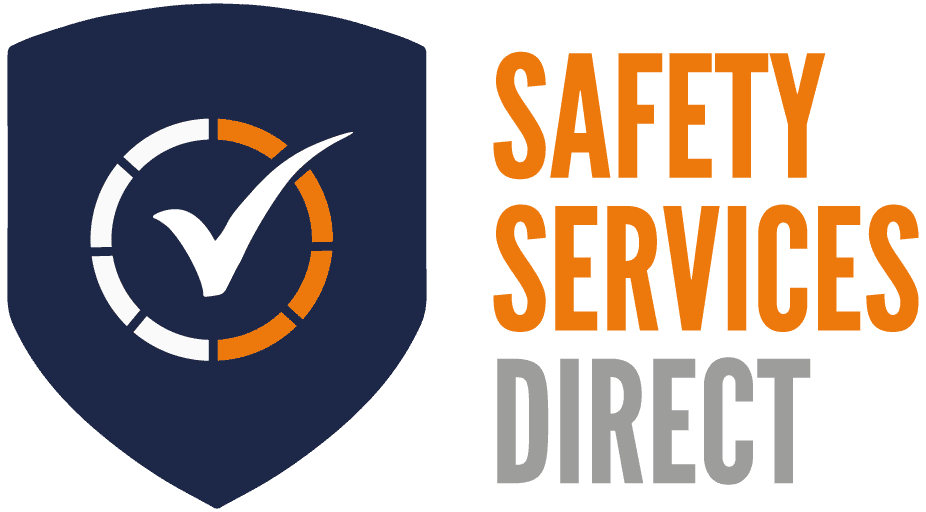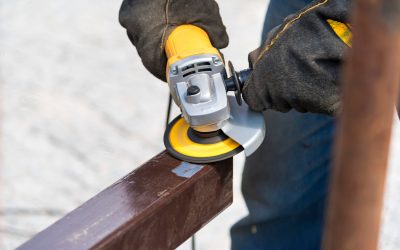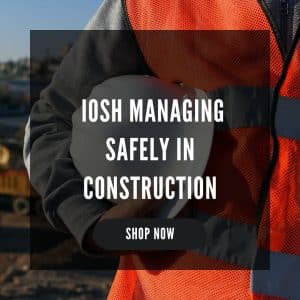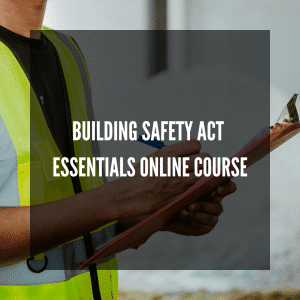In the construction industry, having the essential safety equipment is a health and safety expectation. No matter the task expected to be completed, there are hazards which will require unique safety measures to be put in place to protect staff. Without proper precautions in place, these risk factors can be life threatening.
There are various common dangers on a construction site with hazards being huge or small. The construction industry may have advanced their processes as technology has developed, but there still remains a risk to human life on sites. This is why it is vital that employees follow strict safety precautions, including wearing the correct personal protective equipment (PPE).
What is Personal Protective Equipment?
Personal Protective Equipment protects users against potential health and safety risks at work. The equipment protects the wearer’s body from injuries or infection. The hazards that PPE protects site workers from include electrical, chemical, physical, heat, biohazards and airborne particles.
Every worker on a construction site needs the correct equipment to protect themselves at work. Here is our guide to the essential safety equipment for construction workers.
Eyes, Face and Mouth Safety Equipment
The most sensitive parts of the body that require the most protection on construction sites are the eyes and face. Most eye injuries that take place on a site are due to exposure to hazardous particles, gasses or objects during certain tasks. Cutting, grinding, nailing, welding and working with concrete increase the risk of facial and eye injuries. High precautions and safety equipment are also required on sites dealing with extreme winds, sparks, smoke and/or dangerous chemicals.
Eye protection equipment such as safety glasses, visors and goggles should be worn on site for particular jobs. However, depending on the task at hand you might also need respiratory equipment so you don’t also breathe in anything potentially dangerous to your health.
Head Protection
Whether you are a construction worker or not, every person on site must wear a hard hat. It is a fundamental requirement of any construction site to adhere to this health and safety precaution. On site, there are always risks of objects falling from heights, which could cause serious injury to your head. As well as falling objects, it can also protect from harmful materials that workers are exposed to. Safety helmets are also useful in protection from rain, direct sun rays and electric shock.
Safety helmets are usually made from high-density polyethylene (HDPE) or other advanced resins such as Ultem. These resins help protect a person’s head from major injuries. Hard hats can also come with accessories such as a face shield, hearing protection, and ventilation which keeps a user comfortable. You could also attach advanced accessories to support staff even further. These include a radio, mirrors, cameras, lights or walkie-talkie.
No matter what hard hat you have on site, they must be kept in good condition and replace it if it’s damaged.
Hand Protection
The vast majority of construction work includes the use of hands. This means proper precautions must be taken to avoid injuries such as cuts and puncture wounds. Hand protection such as gloves is required for staff, which are also best suited to the task they have been set.
Gloves available for the construction industry include rubber gloves, welding gloves and insulated gloves. The material and design of each pair will differ based on the job they cater for. Employers are required to make sure that workers wear gloves that are appropriate while their hands are exposed to:
- Harmful substances
- Sharp objects
- Work that could cause abrasions or punctures to the skin
- Heat or chemicals
Protective Footwear
According to the Health and Safety Executive (HSE), slips, trips and falls counted for 24% of all non-fatal injuries on construction sites. This is why it is imperative that protective safety footwear is supplied by an employer – it is also a health and safety requirement. Depending on the site you are based and the tasks an employee is expected to take, will decide what footwear is needed. Rigger boots and wellington boots are very resistant to materials if a person has to work in wet conditions – also perfect for washing and disinfecting. Safety boots are generally worn by most on site and mix comfort and durability to help the wearer through the working day. There are also safety shoes, which are lighter but still have steel toe-caps to protect the worker.
Health and Safety Signs
The use of health and safety signs keeps every person on site alert to the dangers that the site possesses. They can also act as reminders for visitors to wear high visibility jackets and safety helmets on the site. Signs will also be erected when an emergency situation is in place. Construction health and safety signs will inform site staff and visitors where they can go on site and of potential dangers to health such as the presence of asbestos.
Health and Safety Equipment and CHAS
All the equipment above is available through Safety Services Direct. Having this equipment in place on your construction site is also a requirement of CHAS (Contractors Health and Safety Assessment Scheme). CHAS assessment scheme ensures that you satisfy all the health and safety requirements. Our CHAS Accreditation Service can help you through the application process, which will help your business win big contracts with this symbol of trust. Contact us today for more information.









